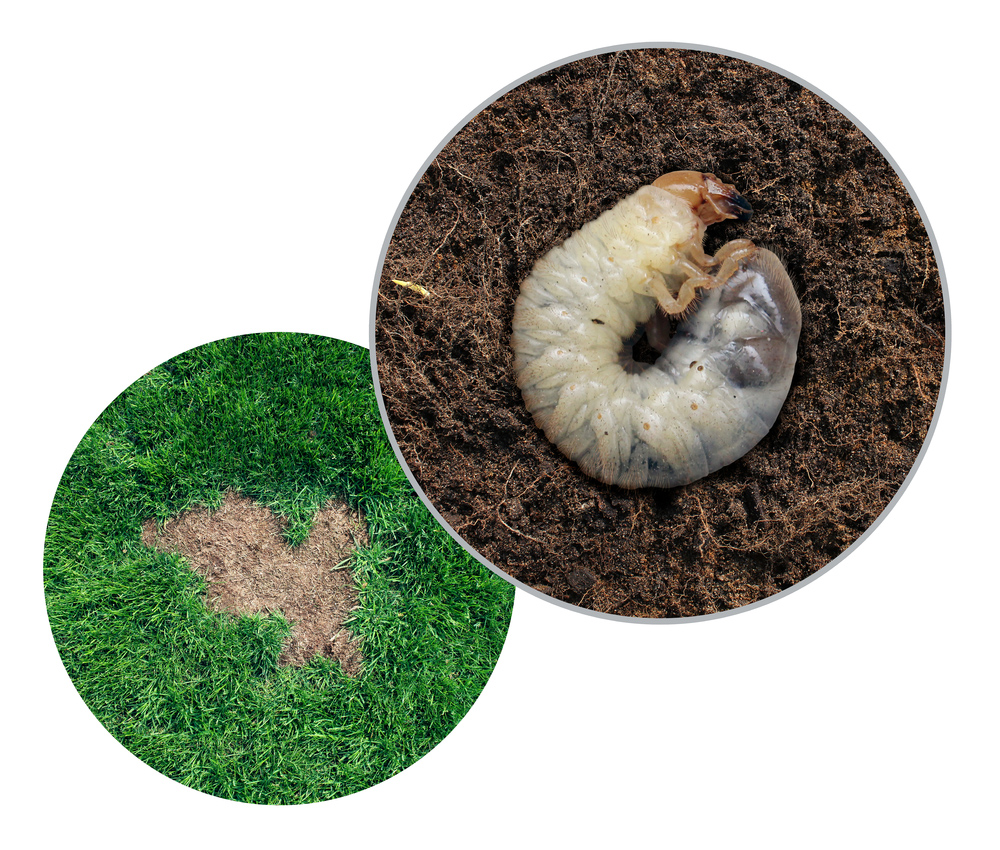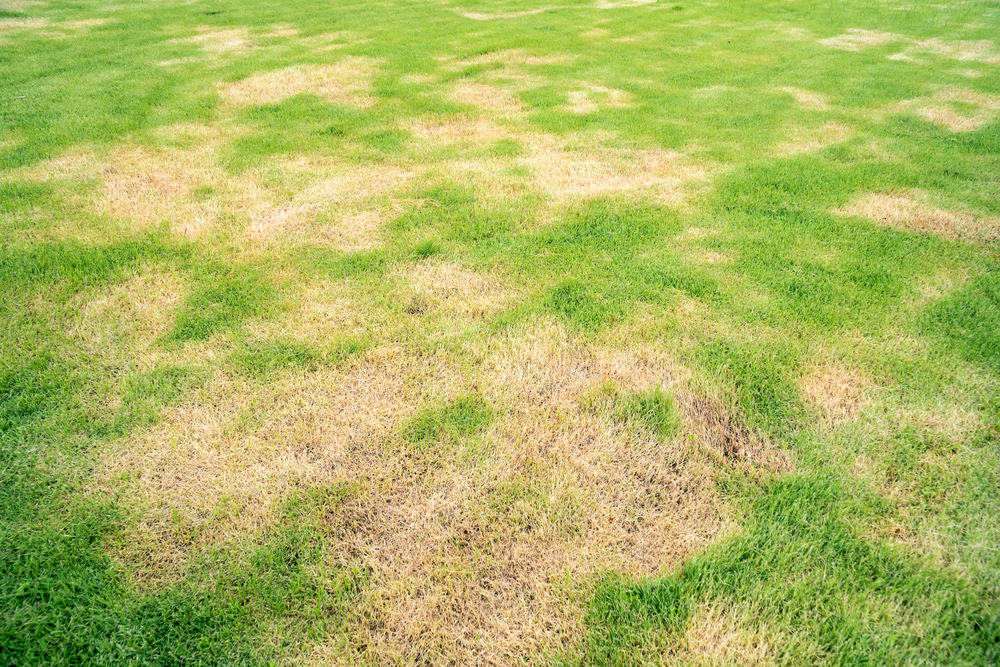Palm Beach, Florida, is renowned for its warm, humid climate, which creates a lush, tropical environment that supports a wide variety of plants and landscapes. However, this same climate also provides the perfect conditions for various landscape pests and diseases to thrive, posing significant challenges for property managers and landscape maintenance professionals.
The high humidity levels and warm temperatures in Palm Beach create an ideal breeding ground for fungal diseases, such as brown patch, take-all root rot, and leaf spot.
These diseases can quickly spread through turfgrass and ornamental plants, causing unsightly damage and weakening the overall health of the landscape. In addition, moist conditions can promote the growth of algae and moss on hardscapes, creating slip hazards and detracting from the property’s appearance.
Insect pests also flourish in Palm Beach’s warm, humid climate. Chinch bugs, sod webworms, and whiteflies are just a few examples of the many pests that can infest lawns, trees, and shrubs, leading to discoloration, defoliation, and stunted growth. Some pests, such as rugose spiraling whiteflies, can also produce honeydew, which attracts sooty mold and further compounds the damage to the landscape.
To effectively manage these pests and diseases, property managers in Palm Beach must work closely with experienced landscape maintenance professionals who have a deep understanding of the local climate and its challenges. This includes implementing proactive monitoring and treatment programs, as well as adopting cultural practices that promote healthy plant growth and minimize the risk of pest and disease outbreaks.
Regular inspections, targeted treatments, and the use of integrated pest management (IPM) techniques can help keep landscape pests and diseases in check while also minimizing the use of chemical pesticides and promoting environmental sustainability. By staying vigilant and working with knowledgeable professionals, property managers in Palm Beach can maintain healthy, vibrant landscapes that showcase the beauty of the region’s unique climate, even in the face of these persistent challenges.
6 Landscape Pests and 6 Landscape Diseases to Keep on Your Radar in Palm Beach County and the southeastern Florida coastline

6 Landscape Pests
6 Landscape Diseases


